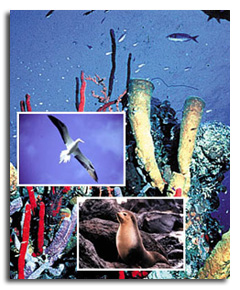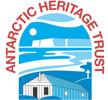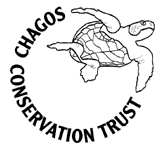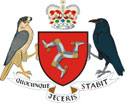|
The Bermuda National Trust is a non-profit registered charity, founded in 1969 for the protection and preservation of Bermuda's natural and cultural heritage. The National Trust cares for 70 properties representing much of the best of Bermuda's heritage - a rich variety of traditional historic houses, islands, gardens, cemeteries, nature reserves and coastline. In addition, three museums display an outstanding collection of artefacts owned and made by Bermudians, and tell the intriguing story of the island's development. Historic preservation is the core activity of the Trust. Through ownership and stewardship programmes, the Trust has been able to renovate and maintain numerous historic buildings and properties. The Trust plays a leading role in environmental stewardship in Bermuda, owning more than 250 acres of open space. Many of these areas are made accessible to the public for recreation and education, including Warwick Pond, Paget Marsh, Spittal Pond, Gladys Morrell Nature Reserve and Gilbert Nature Reserve. For responsible development of property by individuals or businesses, the Trust is supportive of the Bermuda Plan 1992 Planning Statement. The Trust, together with the Bermuda Audubon Society, is a partner of the Buy Back Bermuda Campaign aimed at the purchase of open space so that future generations can enjoy the natural environment of Bermuda. Through collaborative efforts with various partners, the Trust's Environmental Conservation Office works on environmental projects, public programmes and issues of concern to the local community to determine the best course of action. The Trust aims to develop educational programmes that make use of the Trust's resources to educate Bermuda about their history, preservation and the environment. Through relevant and engaging programmes, they aim to foster knowledge and stimulate interest, respect and appreciation for Bermuda's natural and human heritage.
CLOSE PANEL |















































